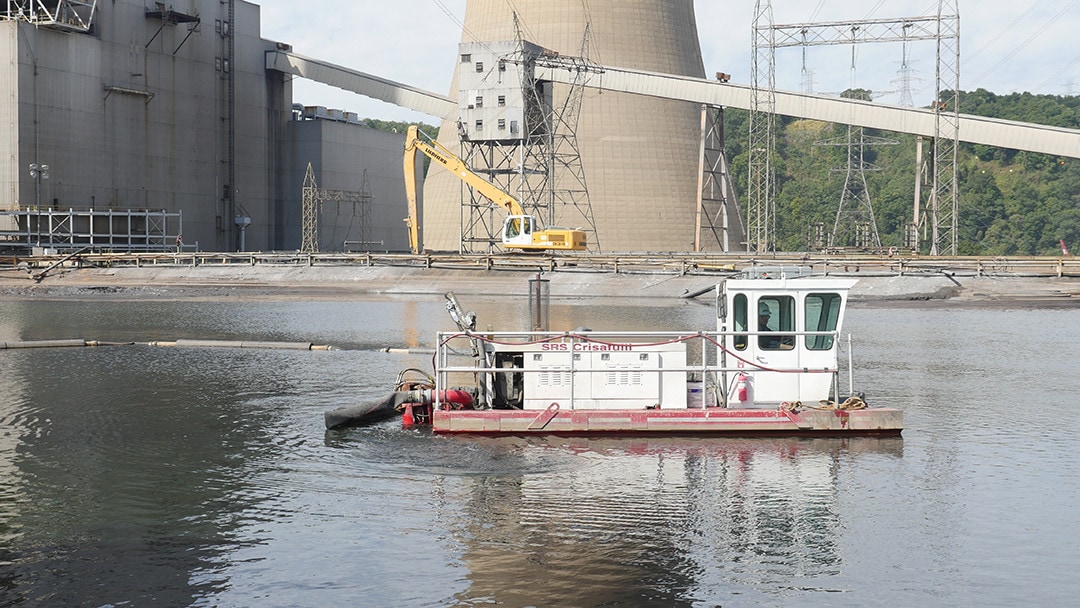The EPA finalized new regulations for the safe disposal of coal ash. Discharge water is restricted to a permitted amount of total suspended solids. Ash ponds need to be agitated, treated and filtered.
The EPA finalized national regulations to provide a comprehensive set of requirements for the safe disposal of CCRs, also known as coal ash, from coal-fired power plants. Increased demands from such governing bodies now require extra attention from power plants when managing the coal ash disposal process – leading to heightened support from third-party, specialized vendors.
The rule at a glance
Increased pressures from environmental analysts, extensive scientific studies and public health concerns were all factors in the decision to regulate coal combustible residuals (CCR). Overall, the EPA ruled that coal ash landfills and surface impoundments are to be regulated as a non-hazardous material under Subtitle D of the Resource Conservation and Recovery Act (RCRA) – a federal law in the U.S. that dictates the disposal of solid and hazardous waste. The non-hazardous classification was likely to avoid discouraging recycling of such materials and promote beneficial reuse practices.
The goals of this ruling
Clean up or remediate faulty surface impoundments, including instituting standard criteria for groundwater and structural monitoring of coal ash removal sites.
Establishment of record-keeping and reporting requirements as well as the requirement for each facility to establish and post specific information related to site testing to a publicly accessible website.
What does it mean to the industry?
The increased regulations associated with this rule could have costly implications for the industry as a whole, given that coal currently accounts for roughly 39 percent of our nation’s electricity production. Over the next decade, companies will need to take a more holistic view at how to effectively and efficiently manage the coal ash remediation process, including more proactive efforts to ensure ground- water is being properly treated and monitored.
These longer-term changes are making it more important than ever to partner with a solutions provider that is well equipped to handle the industrial water, cleaning and environmental management challenges facing power plants across the U.S.
Many of our customers in the power industry partner with us for assistance in the removal of suspended solids when cleaning up ash ponds. Because discharge water has to meet a certain total suspended solids (TSS) requirement as specified by the plant’s water discharge permits, the suspended media within an ash pond needs to be agitated, treated and filtered out in order to avoid contamination and possible EPA fines. While MPW is involved in the process in a variety of capacities, typical customer use cases include clarification, filtration and ultrafiltration mobile services.
Heavy Metal Removal
Coal ash residuals contain heavy metals that can be chemically harmful to people and animals. For this reason, part of the coal ash disposal process includes eliminating the presence of heavy metals to return the water to a more benign state that’s safe for discharge.
There are several specialty medias that MPW can bring on site such as activated alumina, ZVI or other specialty resins that are designed to eliminate the presence of heavy metals. If warranted by the application, a reverse osmosis treatment may also be employed.
Mobile Lab Services
Perhaps the most important step in the remediation process is the final testing phase, where specialists will determine if the water is in compliance with current EPA regulations. MPW partners with top mobile lab service providers to conduct water testing directly on site, eliminating the need for costly project delays.
